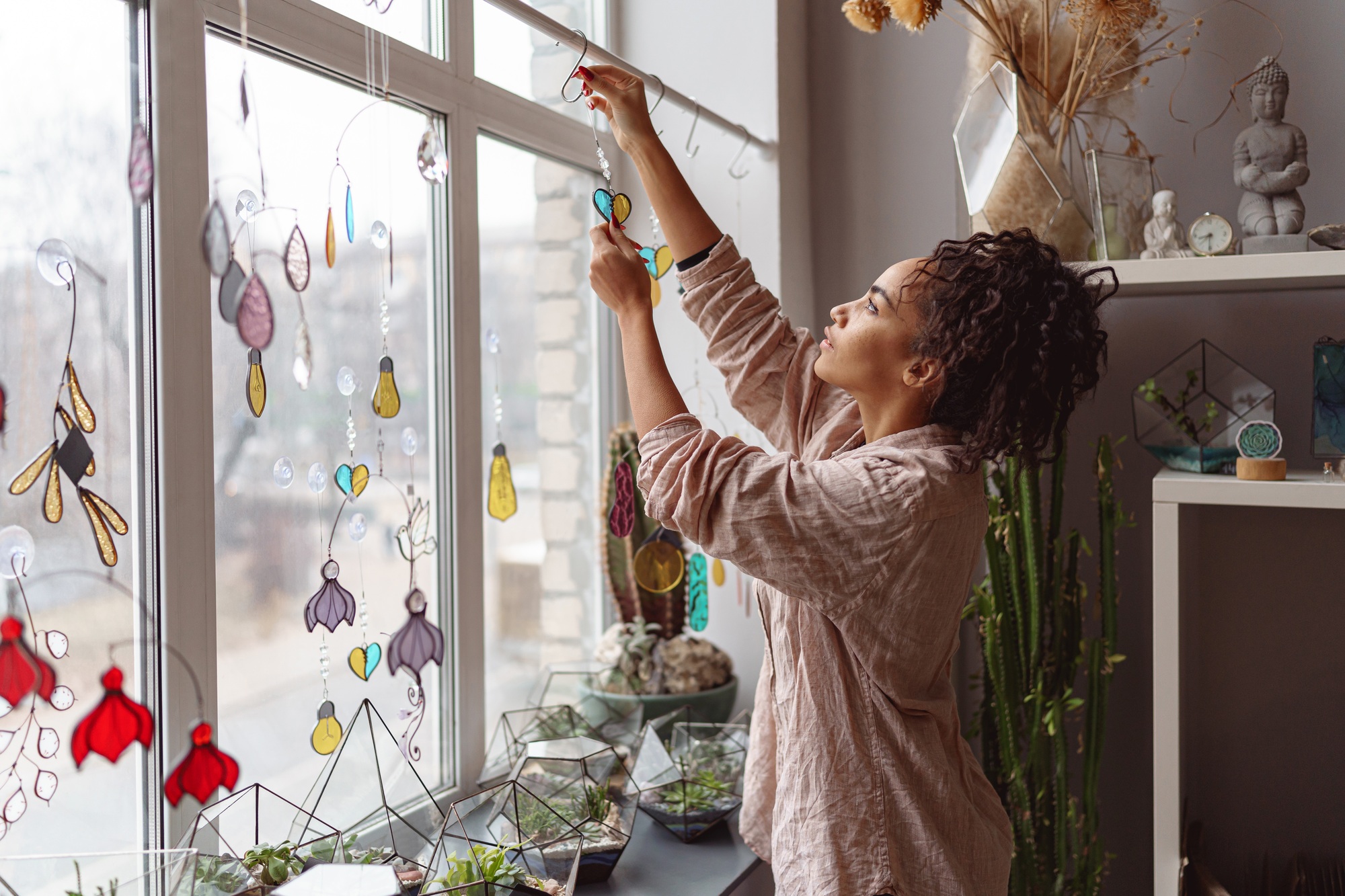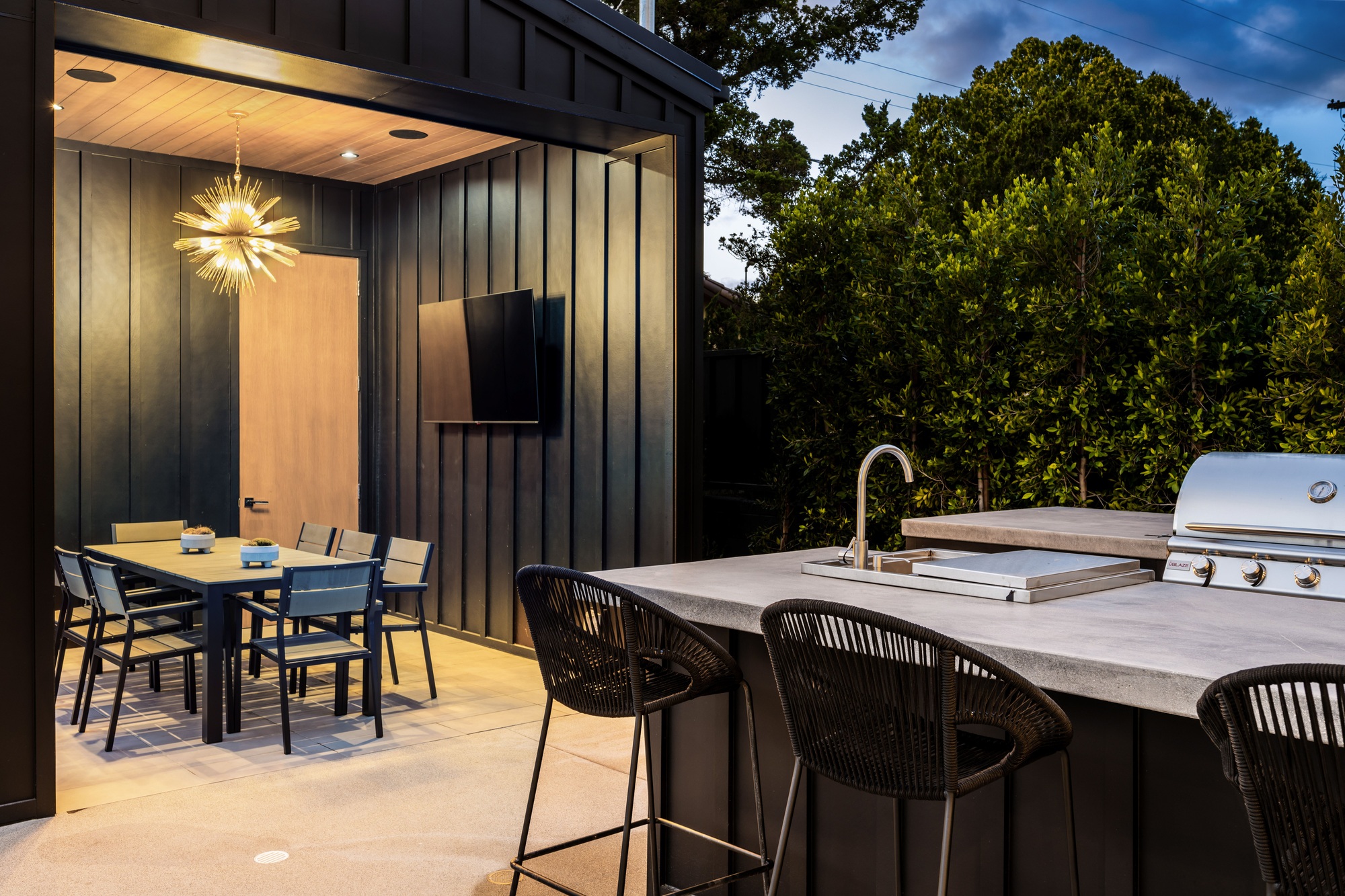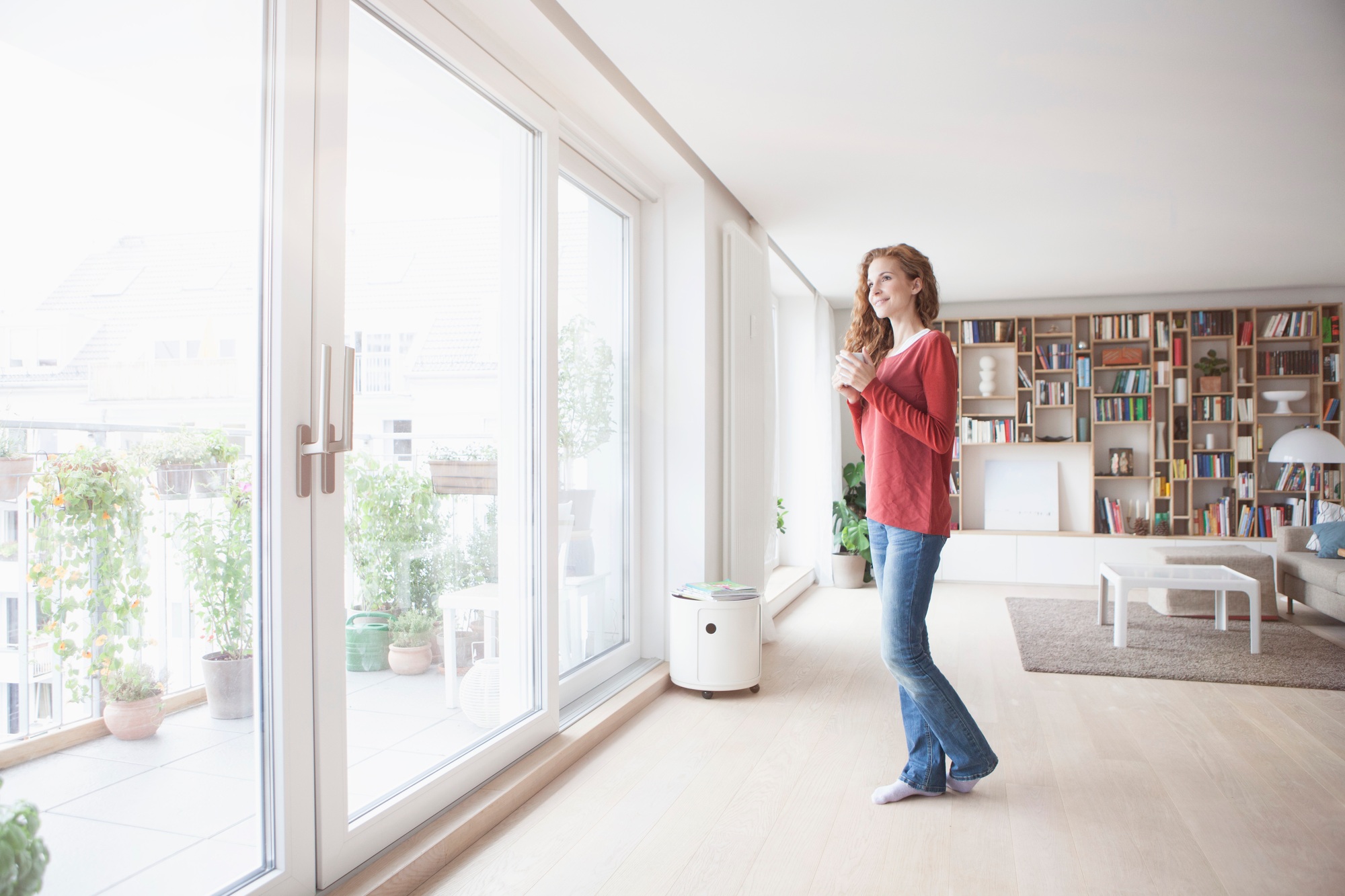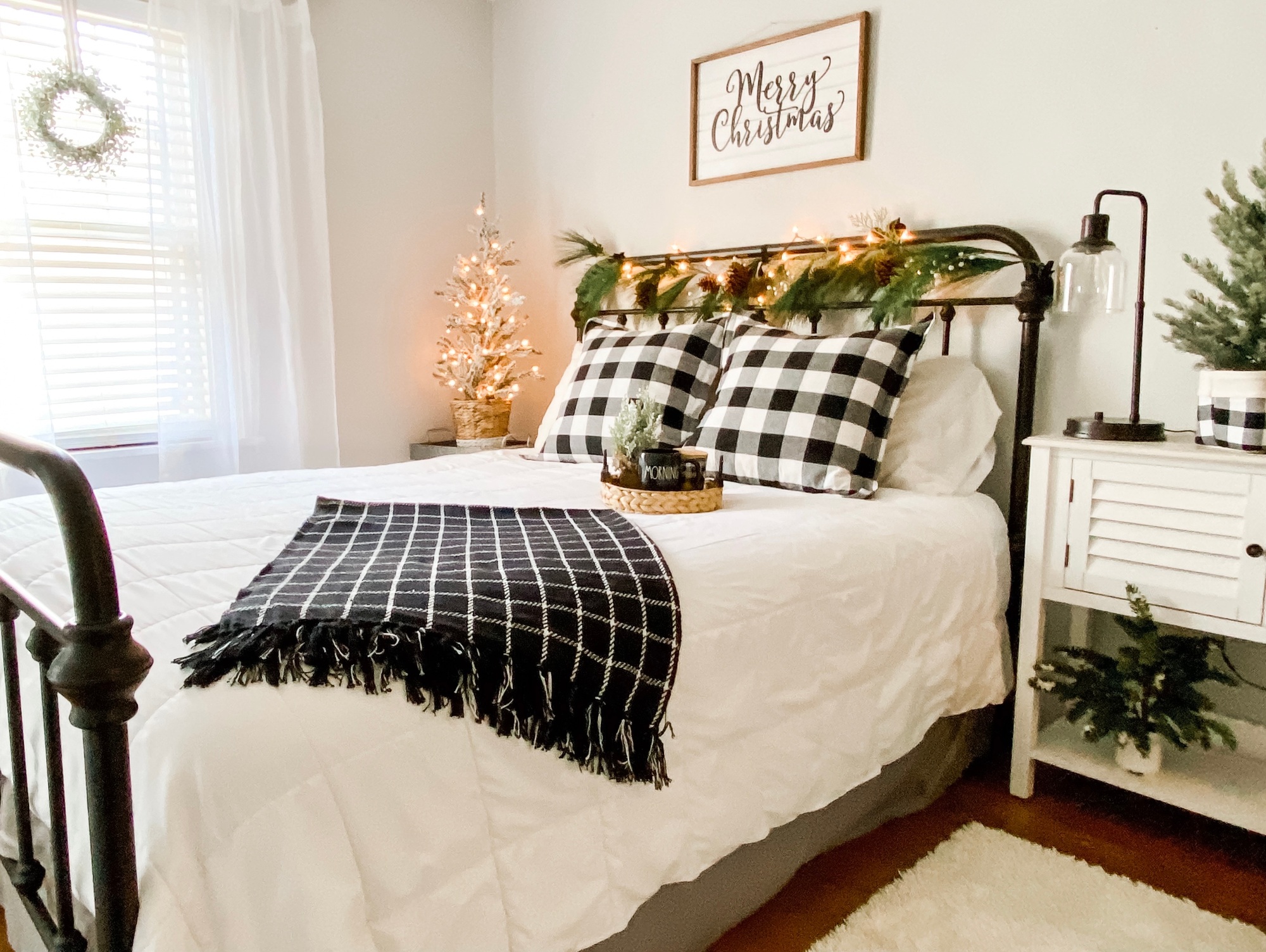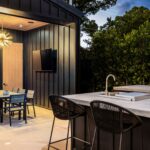In the world of kitchen design, few trends have sparked as much debate as open shelving. From minimalist apartments to sprawling farmhouse kitchens, open shelves have been a popular design feature over the past decade. But as we head into 2025, many homeowners are asking: is open shelving a lasting choice, or just another fleeting fad?
If you’re considering new kitchen shelving ideas, here’s a closer look at the pros, cons, and evolving trends of open shelving, and how to decide if it fits your space and lifestyle.
Why Open Shelving Became Popular
Open shelves gained traction for a few key reasons:
- Airier Feel: Without bulky upper cabinets, kitchens instantly feel larger and brighter.
- Aesthetic Showcase: They offer a stage to display beautiful dishes, glassware, cookbooks, and plants.
- Customization: Open shelving invites easy, seasonal refreshes to your kitchen’s look.
- Accessibility: Everyday items are easy to grab without opening and closing doors, streamlining your cooking routine.
Especially in smaller kitchens or homes emphasizing minimalism, open shelving helped create a sense of openness that cabinetry sometimes limited.
Open Shelving: Pros and Cons
Before ripping out your upper cabinets, it’s important to weigh the full picture.
Pros
- Visual Interest: Open shelving creates a natural focal point in a kitchen. Styled correctly, it brings depth, warmth, and personality to the space.
- Cost Savings: Installing simple shelves generally costs less than custom cabinetry, making it a budget-friendly option during a remodel.
- Design Flexibility: Shelves offer freedom to mix materials—think reclaimed wood, sleek metal, or floating glass to suit any aesthetic.
- Easier Updates: If you like switching out decor with the seasons, open shelving provides a low-commitment way to refresh the kitchen’s vibe.
Cons
- Maintenance: Dust and kitchen grease settle on open surfaces. Frequent cleaning is necessary to keep items looking presentable.
- Organization Pressure: Clutter is immediately visible. You’ll need a good eye for balance and discipline to keep shelves neat.
- Storage Loss: If you have many small appliances, pantry items, or mismatched dishware, losing closed cabinets may create storage challenges.
- Limited Practicality: Homes with small children, pets, or very busy kitchens may find open shelves less functional day-to-day.
Open shelving works best when you’re willing to put effort into styling and maintaining the look over time.
Best of Both Worlds: Mixed Shelving Designs
One of the biggest kitchen design trends for 2025 is blending open shelving with traditional cabinetry. Rather than committing entirely to one look, many homeowners are opting for a combination:
- Open shelves above coffee stations or prep areas
- A few floating shelves on one feature wall
- Cabinets for heavy-duty storage elsewhere
This hybrid approach allows you to enjoy the aesthetic benefits of open shelving while retaining the hidden storage that a functioning kitchen needs. It’s a smart strategy for balancing form and function.
Tips for Making Open Shelving Work
If you’re leaning toward open shelving, smart planning makes all the difference. Here are a few tips:
- Edit Your Items: Only display attractive, useful items, like matching dish sets, glass jars, and neutral-toned accessories. Hide anything messy elsewhere.
- Stick to a Color Scheme: Limiting shelf decor to a few complementary colors keeps the look cohesive rather than chaotic.
- Layer Heights and Textures: Mix plates, bowls, cookbooks, small plants, and baskets to create visual interest without looking cluttered.
- Install Thoughtfully: Shelves installed at natural sight lines (above eye level) create a better visual effect than placing them too high or low.
- Invest in Ventilation: If you cook often, good ventilation (like a strong range hood) helps minimize grease buildup on open surfaces.
Ultimately, open shelving works best when it feels curated but still genuinely functional—not overly styled or precious.
Kitchen Design 2025: Evolving Trends
In 2025, kitchen design continues to evolve, and open shelving is adapting too. Some emerging trends include:
- Natural Materials: Raw wood, rattan, and textured ceramics are replacing colder, industrial materials for a more organic look.
- Hidden Minimalism: Homeowners are gravitating toward shallow shelves with low-profile mounting hardware for a sleeker, less “staged” appearance.
- Accent Shelving: Instead of entire walls, homeowners are incorporating a few strategic shelves to highlight special items like artisanal dishes or a small herb garden.
- Eco-Friendly Choices: Reclaimed wood shelving and sustainably sourced materials are gaining popularity among environmentally-conscious renovators.
In short, open shelving is not disappearing, but it’s being used more thoughtfully and selectively than in its early heyday.
Final Verdict: Functional or Fad?
Open shelving isn’t for everyone, but it’s also not just a passing fad. When planned and executed well, it remains a timeless feature that can make a kitchen feel lighter, more personal, and uniquely yours.
If you love the look but fear the maintenance, consider blending open shelving with traditional cabinetry or limiting it to a small feature wall. That way, you’ll get the best of both worlds: beauty and practicality working together.
Before making any final decisions, think about how you actually use your kitchen and whether you’re willing to keep those shelves as tidy and curated as they deserve to be.


